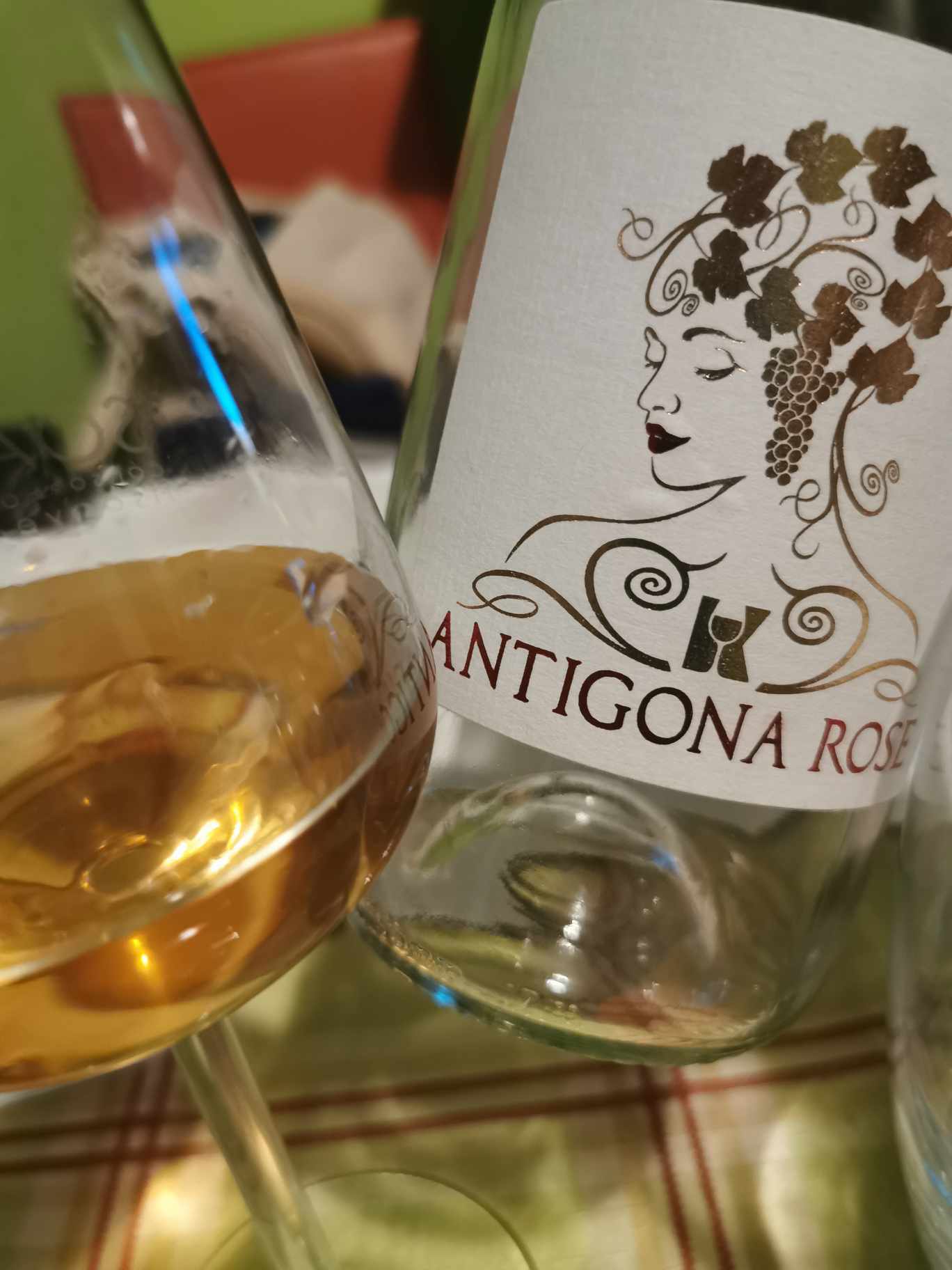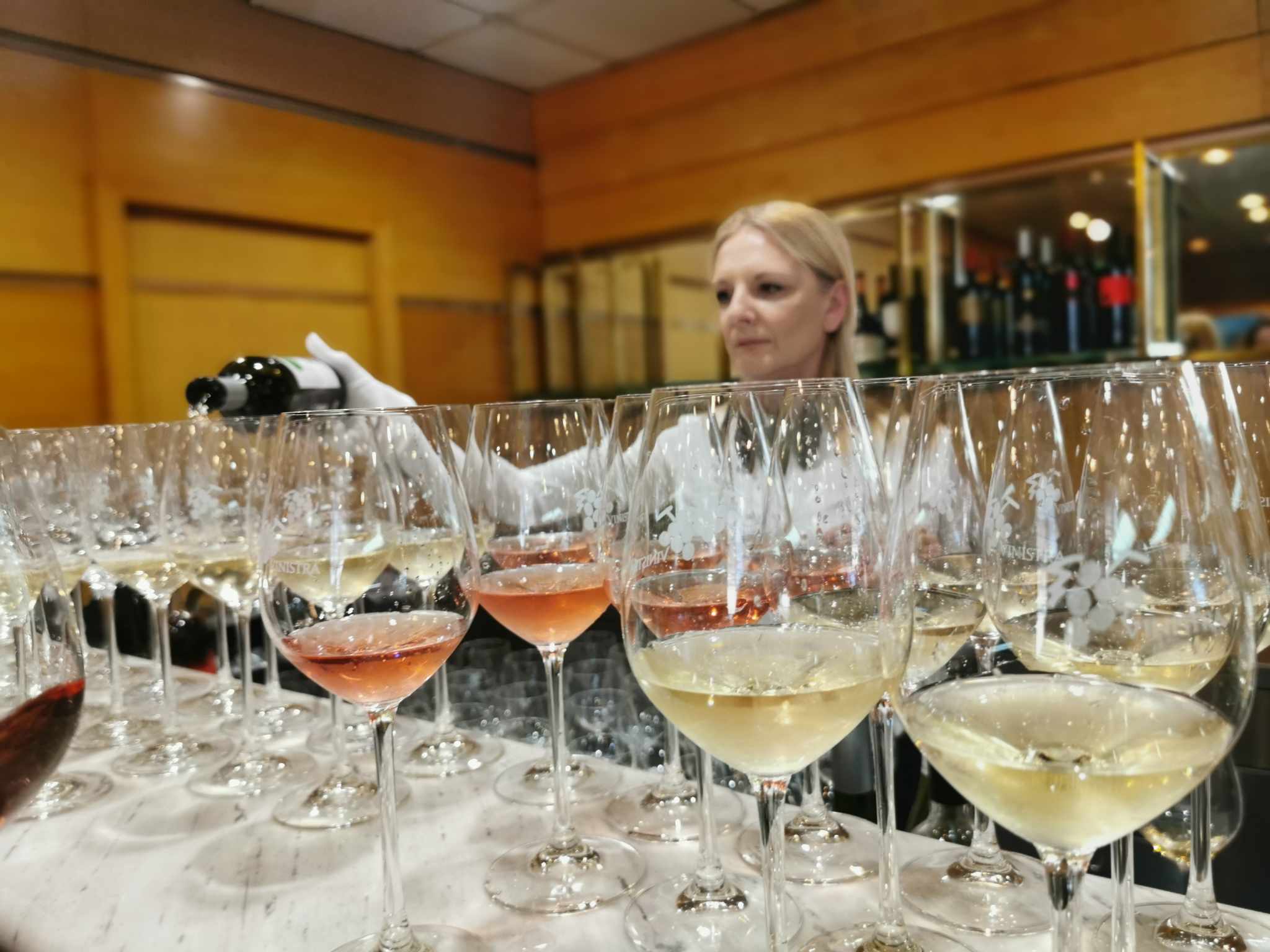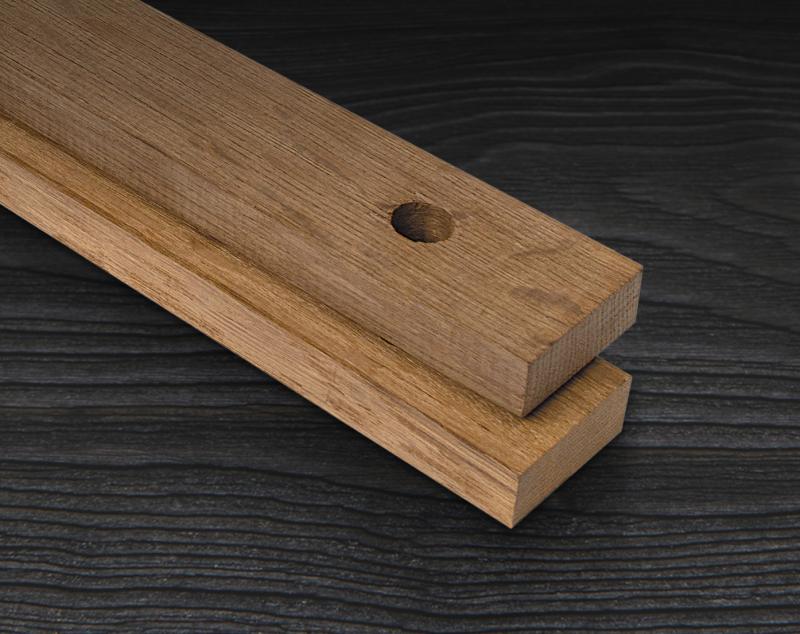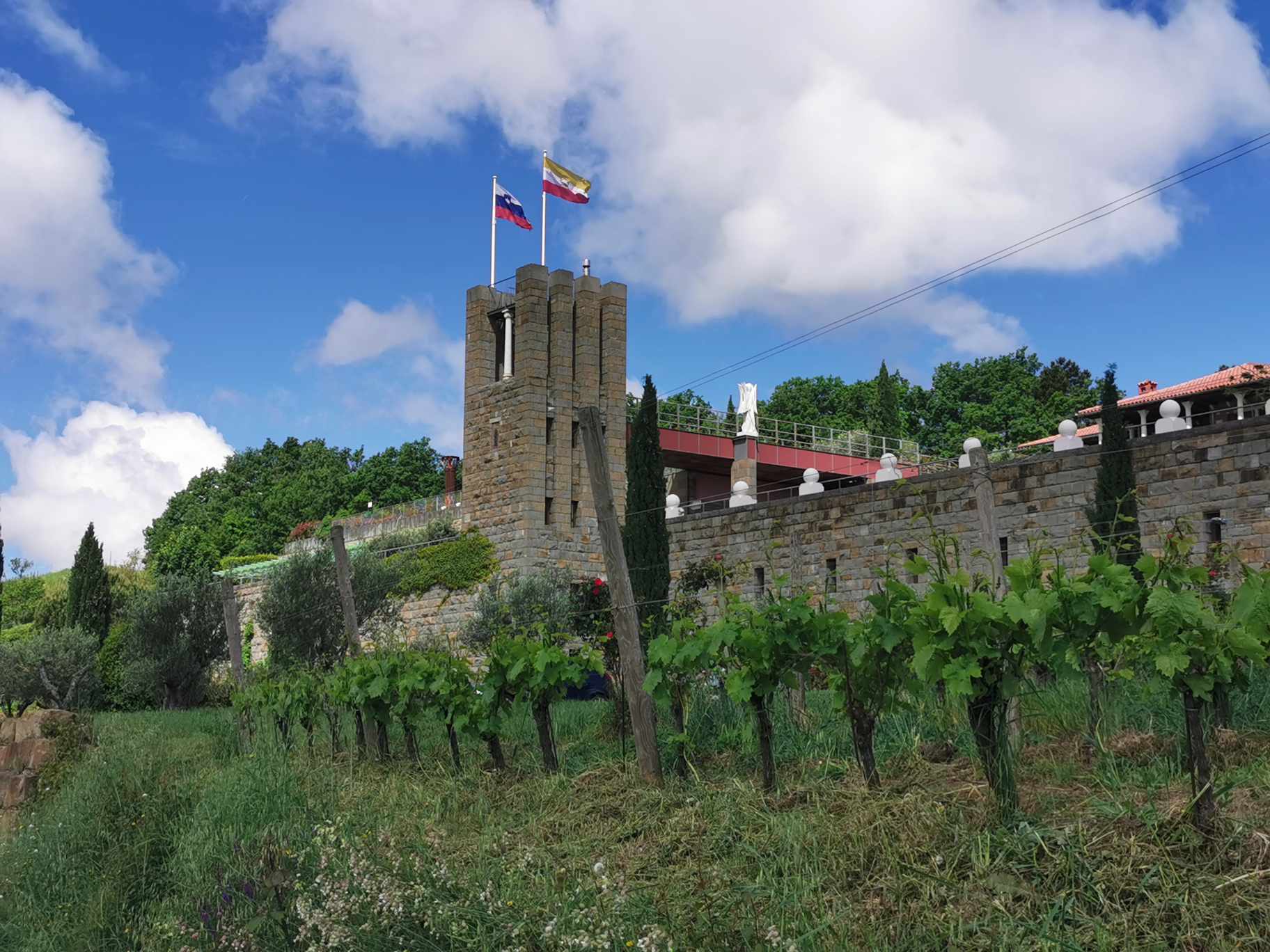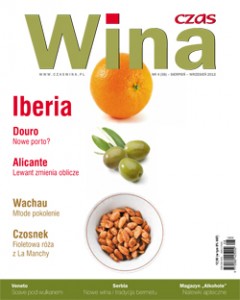
No. 58 issue of the Polish Wine Magazine "Czas Wina" released an article about Bermet wine and the town of Sremski Karlovci. Author of the article is Andrzej Kalinowski. Vinopedia brings you exclusively the content of this article translated from Polish language. Integral version of the article can be found at the official website of "Czas Wina" magazine.
http://czaswina.pl/artykul/po-bermet-tylko-do-karlowic
TO KARLOVCI IN QUEST FOR BERMET
Low mountain range of Fruška Gora stretched in north Serbia and east Croatia. Starting from 16th century, this area was the centre of monastic life of the Serbian Orthodox Church. Nowadays, this is one of the most exciting wine regions of Europe.
35 monasteries once existed in Fruška Gora and they kept Serbian national tradition alive and protected its treasures and monuments during the reign of Turkish conquerors. Nowadays, 17 of them survived, although some of them were damaged in 1999 as a result of NATO bombing. Karlowice (Sremski Karlovci, the capital of the region, is situated on the eastern side of the mountain, in Serbian province of Vojvodina. Beside historical monasteries, this region is also well-known for vinegrowing and wine-making.
Fruška Gora in Serbia's Vojvodina province is one of the oldest wine regions in Europe. Vines have been grown on the local mountain slopes for more than 1700 years! Then, the Romans introduced their classic grape varieties: Emperor Marcus Aurelius Probus (276-282) abolished the monopoly of winemakers from Italy established years ago. He planted his first vineyards in Sirmium and neighbouring towns. In this period began cultivation of the Balkans indigenous grape variety - Smederevka.
A sip of history
Over time, vineyards began to grow, the quality of wine has reached high levels also in the region of Metohija (means: the land of monasteries), where majority of vineyards belonged to the Orthodox Church. Today, this region is part of the Republic of Kosovo, the youngest European state.
The golden age of vinegrowing and wine-making followed during the rule of Nemanjić dynasty. A Serbian legend has it that St. Sava (Rastko Nemanjić, the first Serbian Archbishop, who lived at the turn of 12th and 13th century) taught all people how to grow vine.
During the Turkish rule, development of vinegrowing and wine-making came to a halt, and in practice it was destroyed by the Turks. During the reign of the Ottoman Turks in the region, vineyards were systematically destroyed. The revival of wine culture followed only during the reign of Habsburgs, and subsequently the Austria-Hungarians. Wine was a source of income for inhabitants of the region, and it became the foundation of their wealth for many generations. Wines from the vicinity of Karlovci are not only the best in contemporary Serbia, but also have received praize and recognition in Europe. As early as 15th century, they were exported to Poland and Czech republic. In the 17th century, wines from Karlovci were well-known in many European countries.
Wine-making science and practice continued to evolve and already in 1816, the archimandrite of Rakovac monastery published in Budapest the first Serbian textbook on vinegrowing and wine-making. Also, climatic conditions were favourable for further development of the wine region. Nowadays, this region is prevailingly associated with white wines, primarily Welschriesling. It is rather a northern grape variety, but typical for this region, as half of the vineyards are planted with this variety. Fruška Gora is considered to be its home.
Personal meetings
One of the oldest varieties is the above mentioned Smederevka. Also, widely grown black varieties are Vranac and Portugieser. Other popular grape varieties include Župljanka, Prokupac, Neoplanta, Sila, Chardonnay, Lisa and Petra. Wines such as Ausbruch and Bermet are produced here. Traminer plantings are rather small, but often produce top quality wines. It is considered that cultivated grape varieties can produce wines with a lot of appeal, but most locals make just simple wines for everyday consumption. Some joke that local wines are suitable mainly for so-called spritzer, wine mixed with soda water eagerly drunk in the summer time.
A long period of time elapsed since my first visit and tasting in this area, so I subsequently recall and bring to mind memories and experiences from this travel. Recently, I have visited a few smaller and larger wineries. The first one was Family Cellar Cvetić. The owner invited me to taste Riesling 2008 wine, rich in herbal aromas and minty notes. Mild sweet flavour. Blaufrankisch wine of the same year, with spicy aromas, classic dark red colour and slightly nutty flavour in the mouth.
Certainly, it is worthwhile staying longer in a more than a hundred years old cellar owned by Dulka Winery. The name of the winery is derived from family surname Dragojlović. Tradition of the family business dates back to 1920. This winery is among the largest in Karlovci - annual production reaches about 80.000 liters. The winery also offers wine classics such as Sauvignon Blanc and Merlot, but also a varietal wine made from Župljanka. Their offer also includes Bermetovica - brandy with Bermet. Our meeting closed with their dessert wine - Ausbruch 2000. Intense aromatic complex of honey and lime with clear tones of tea with rum. Their Bermet from the year 2009 was awarded a gold medal at the fair in Novi Sad.
The Serbian way of having pleasure
A winery owned by Milan Kosović, statistically classified as medium-sized winery, produces annually 22.000 liters of wine. This is a substantial quantity in local terms. This winery is among the oldest ones, the owners call upon 150 years old' family tradition. Since they have only 3 hectares of vineyards - the focus is on high-quality wines. I tasted some local classics. Their Župljanka 2008 is quite pleasant. Greenish-yellow colour with light red reflections. Fruity in the nose. Aromas of grass, subtle notes of nettle open up on the palate, intense acidity. This producer also offers Bermet Kosović, produced from Merlot and Cabernet Sauvignon wines. Aromas and flavour resemble mint, grass, flowers, fruit and rose. It's produced from 21 medicinal herbs and spices which are often used in the kitchen. No oily structure. Sweet, but pleasant taste of spices, apricots and raisins. Very good! And a bottle costs 700 dinars (about 7 euros).
I continue the tour of wineries, and come across Kiš Winery - a family winery which has been producing wine since 1830.Then, the family ancestor Stevan purchased his first vineyard. This is the third winery in the town according to its size, characterized by use of modern technology and with 10 hectares of vineyards. It produces wines from classic grape varieties: Welschriesling, Chardonnay, Cabernet Sauvignon, Merlot, Blaufrankisch and Portugieser, which won numerous awards. The character of their Bermet is shaped by 24 ingredients! Aromas and flavours of figs, dry apricots, floral aromas, cinnamon, nuts, vanilla and of course honey prevail.
Modified vermouth
This region offers pleasant wines, but Karlovci are a small town and its surrounding is largely famous for production of Bermet, whose name is derived from modified word "vermouth". This is an elegant dessert wine, fortified. Bermet is produced according to a recipe kept by only a few families in Karlovci in Vojvodina. Its composition is quite complicated. Every producer has its own secret recipe, so it's difficult to find two identical drinks. After the World War II, its production almost disappeared, but tradition and recipes remained.
Bermet is technologically similar to Italian Vermouth, but they differ in style. About 20 different medicinal herbs and spices are macerated, and if you were told by someone that about 80 ingredients were used, it would be a lie. This drink is usually dark coloured, thick, with rish aromas and flavours. Sometimes, the wine is dominated by spicy aromas, particularly cinnamon and clove, or intense vanilla tones. Basis for production of this wine is classic. Dulka winery uses as a basis for their white Bermet wine made from Župljanka grapes, whilst red Bermet is made from Merlot grapes. Others often use Portugieser, but there are also some who would mix together white and black grapes.
This wine is naturally sweet, but not as much as you would have thought. It is thick and heavy, but it would be wrong to compare it with Croatian prošek. Average alcohol level ranges from 16-18%. Bermet used to be a favourite wine of Austria-Hungarian aristocracy. It was imported in large quantities for the Court of Vienna, and was often given as a gift. Already 150 years ago, it was exported to USA. Several different types of wine as well as Bermet ausbruch from Karlovci were on the wine list of the Titanic during her first and tragic voyage. Bermet is traditionally served with coffee or as an aperitif.
Taste it
Local wine producers agree that small family wineries face difficulties in their operations. But we can also see that the situation changes for the better year after year. Fruška Gora wine route comprises more than 60 wineries. It's a fact that most local grape varieties only occasionally yield wines of the highest quality in local climatic conditions. Most of the produced wines are for everyday consumption. And of course, Bermet is always on offer. A small town, monasteries surrounded by romantic mystique, beautiful nature and good wines. Definitely worth a look!
BACK TO CATEGORY





